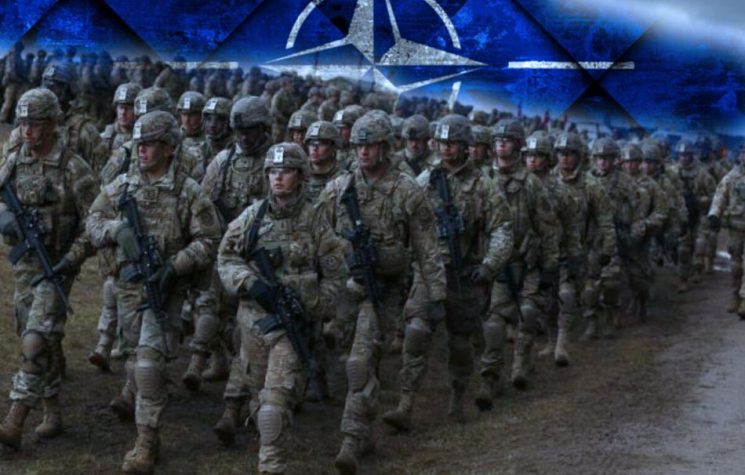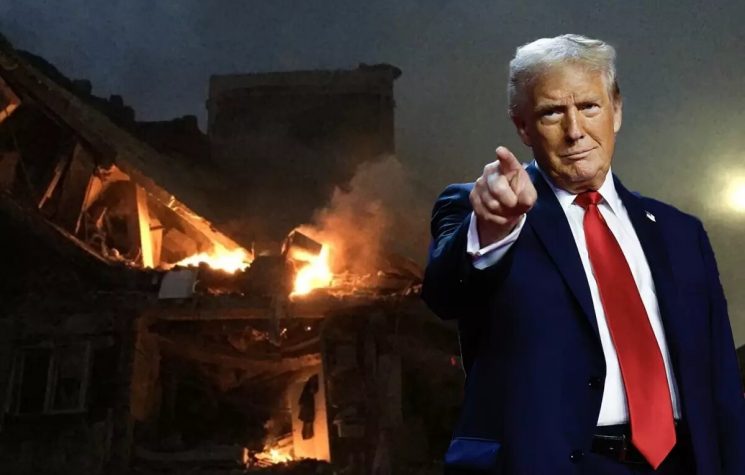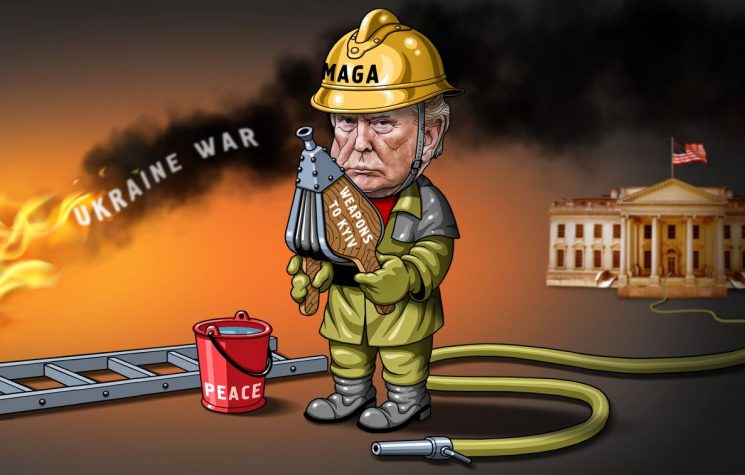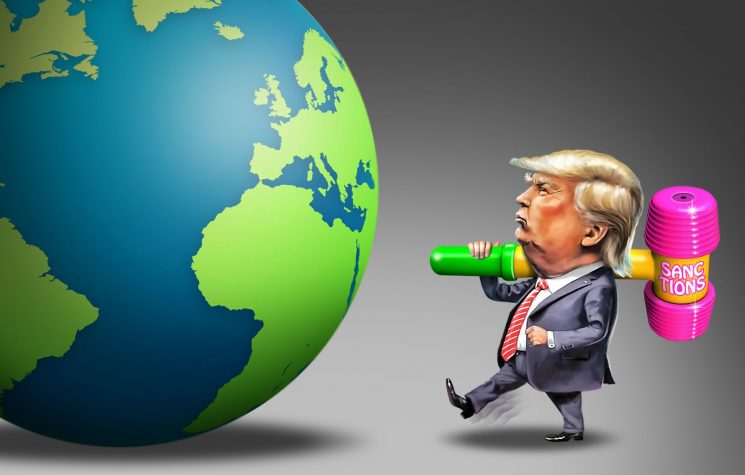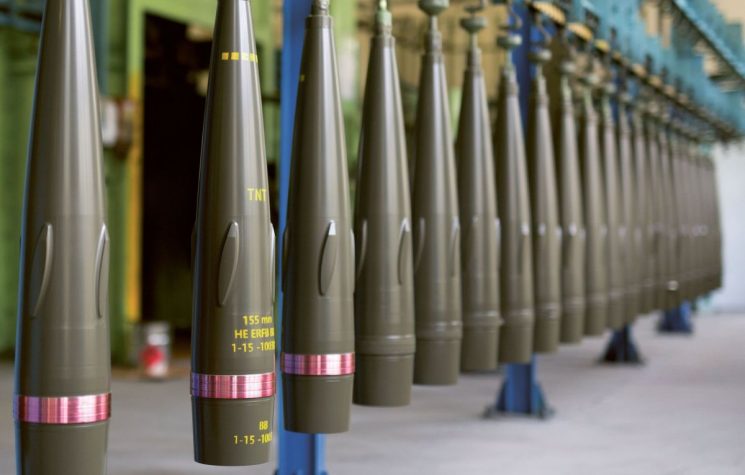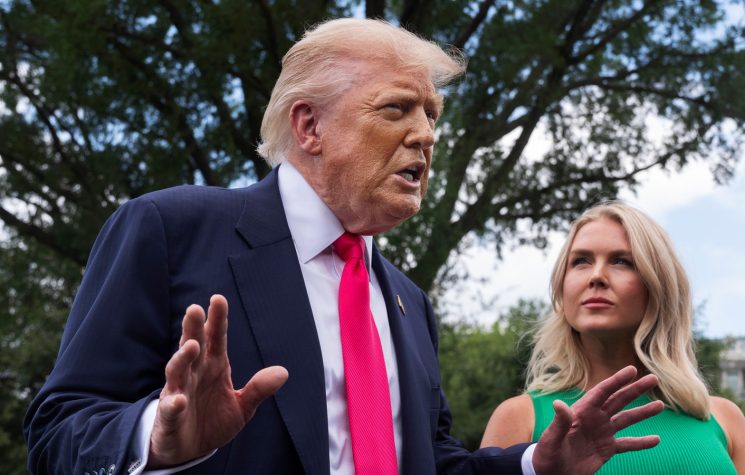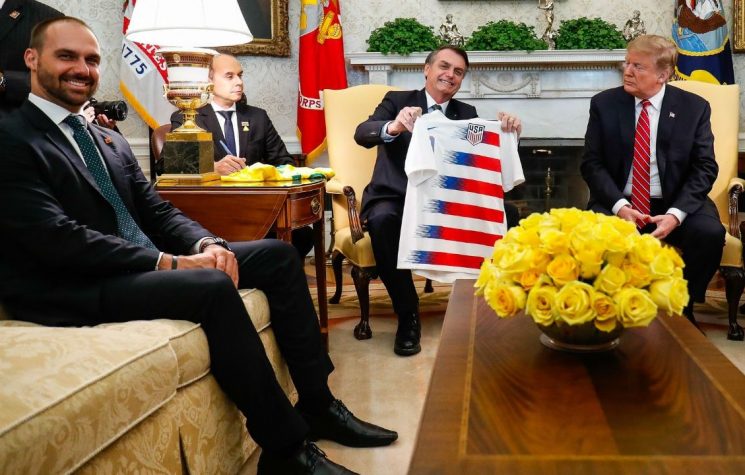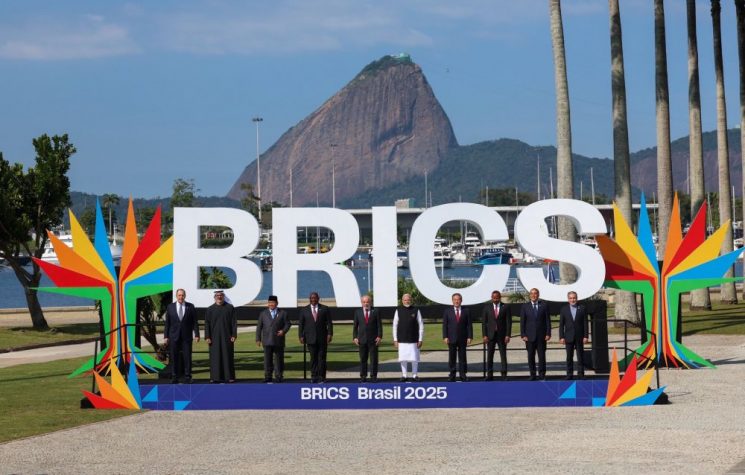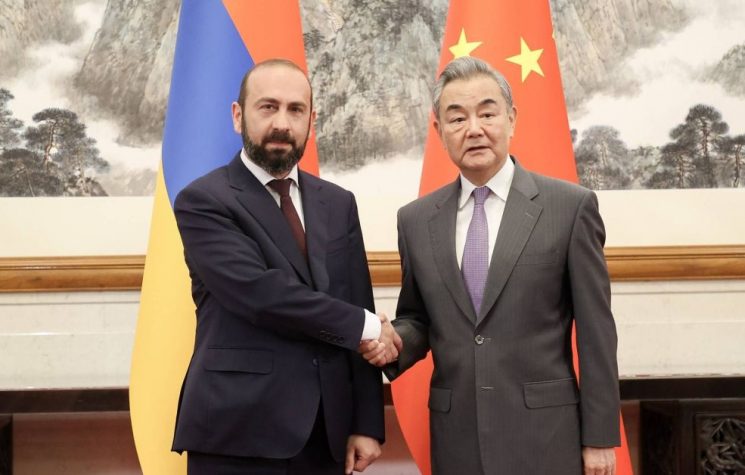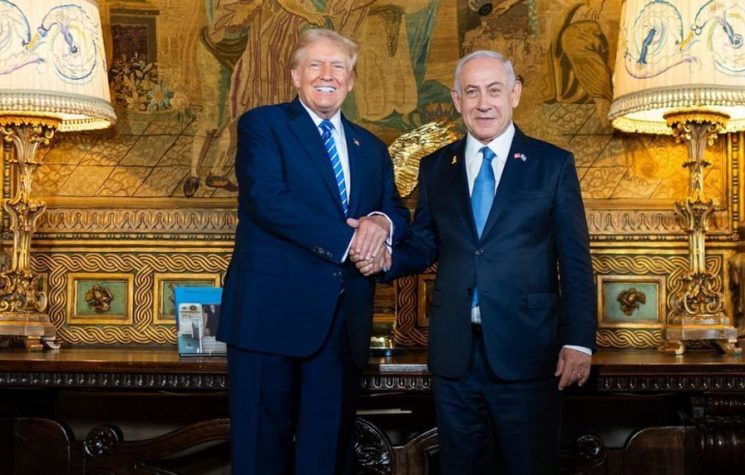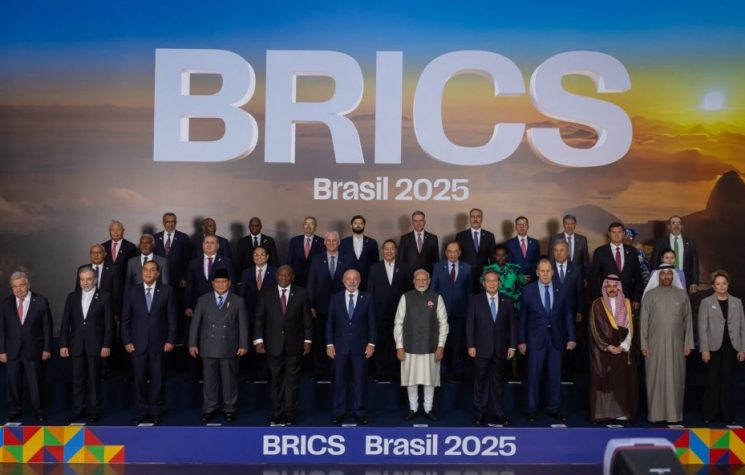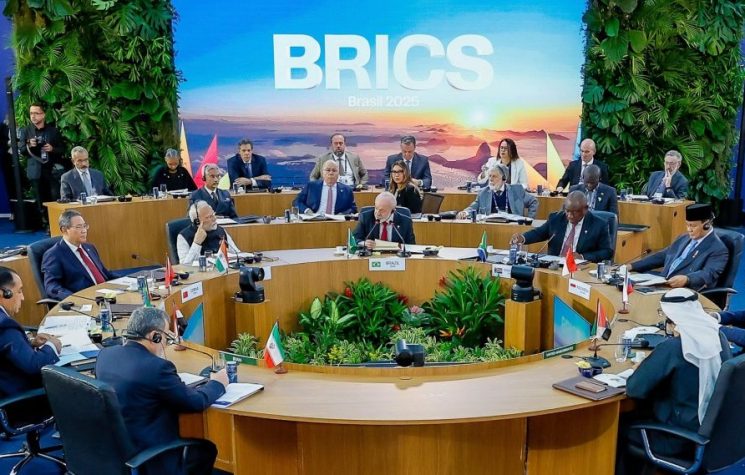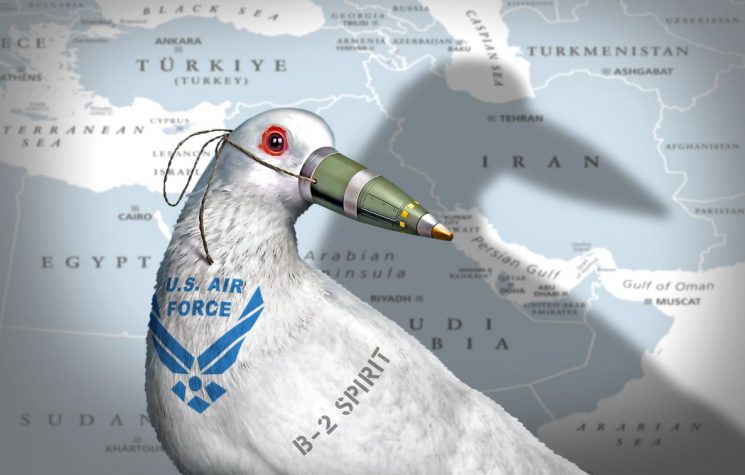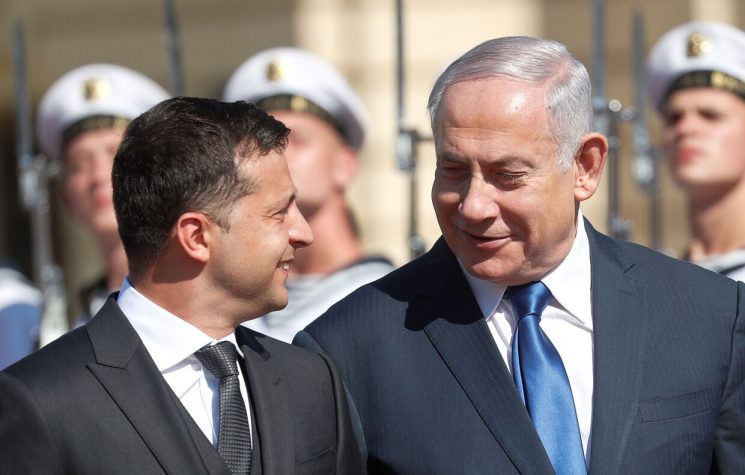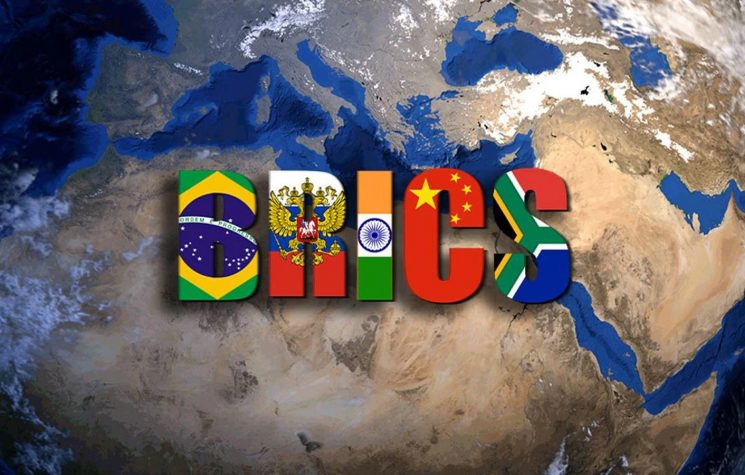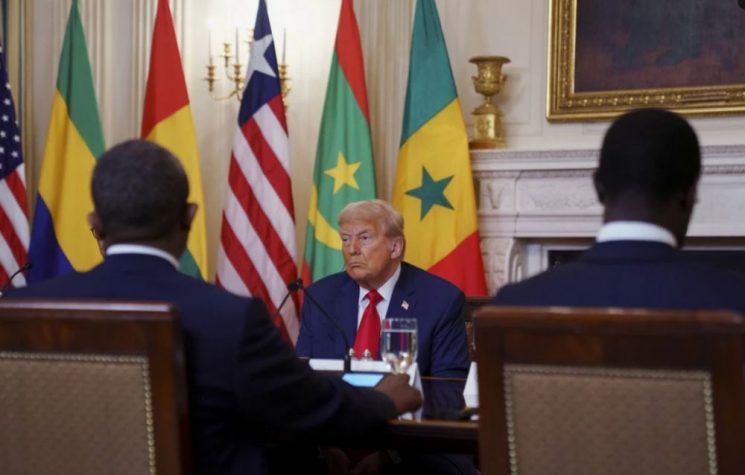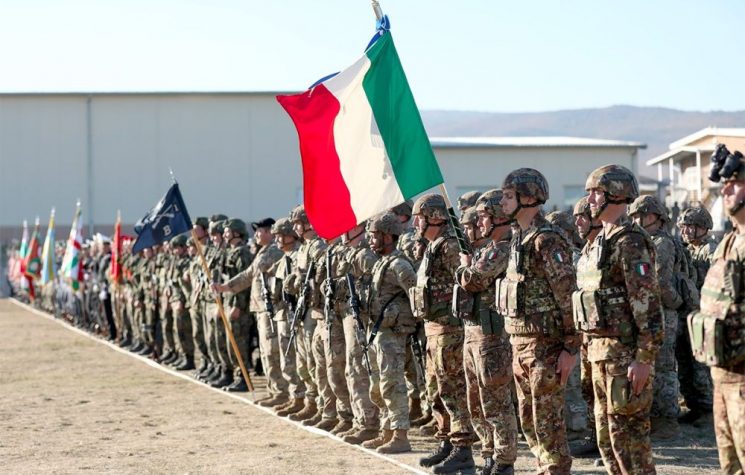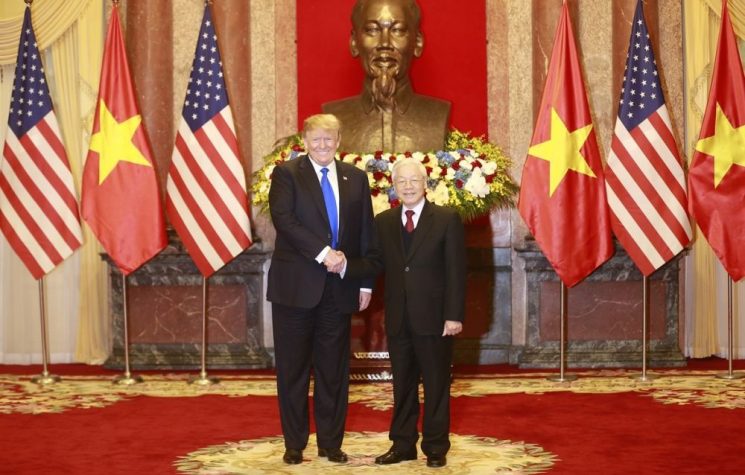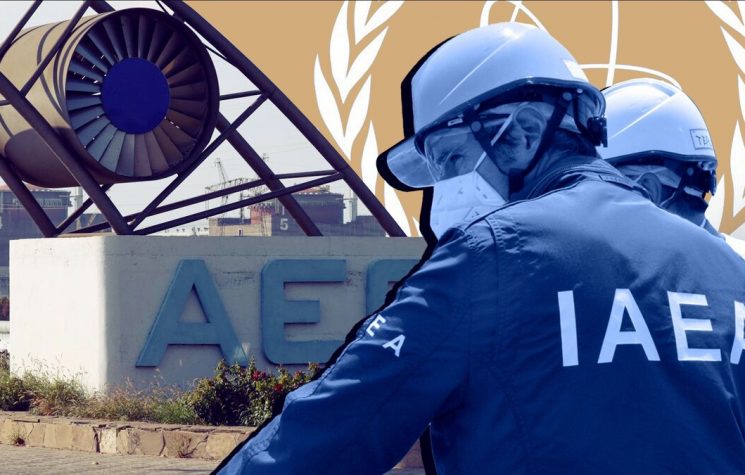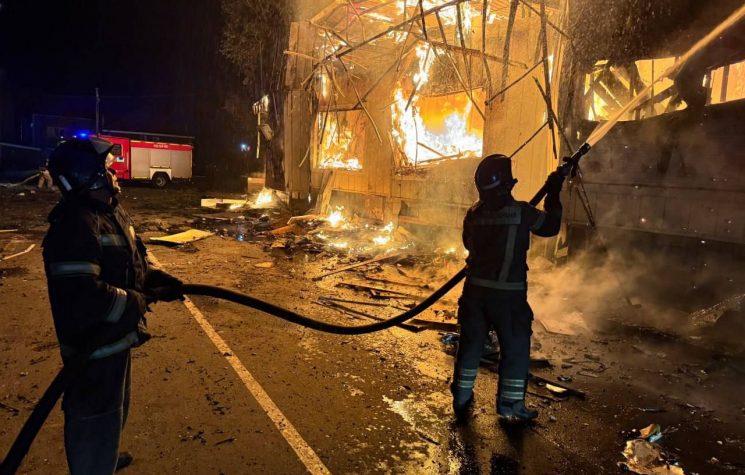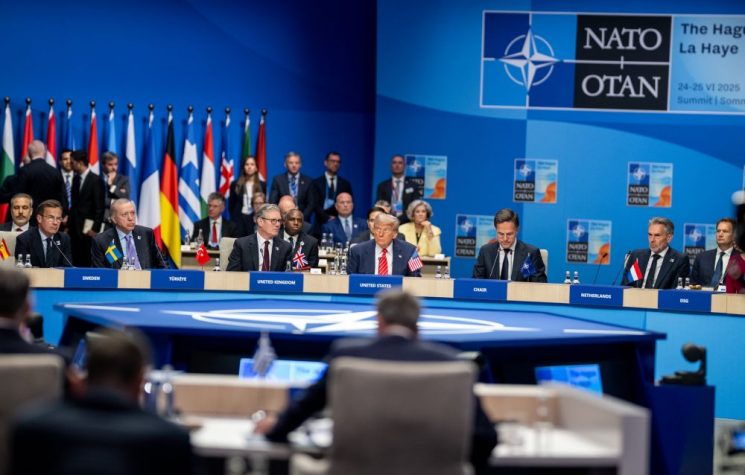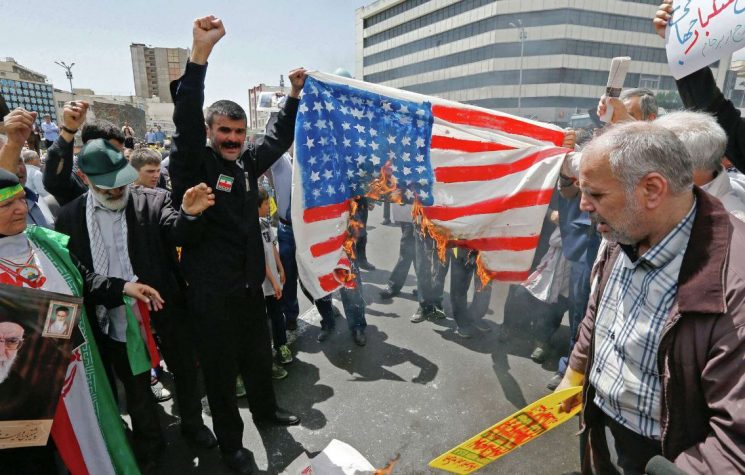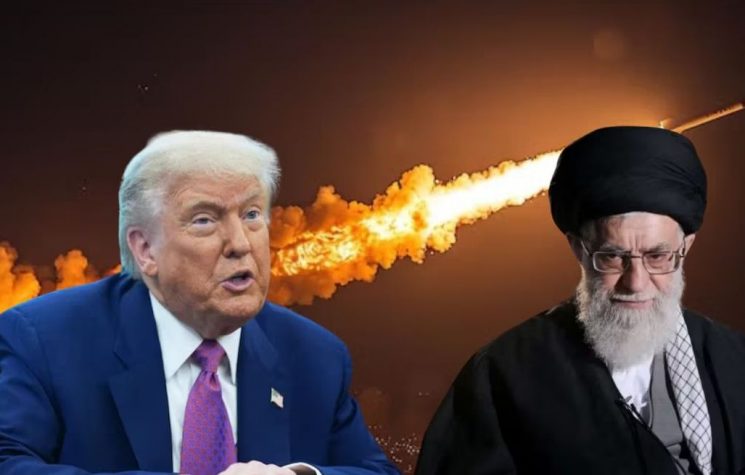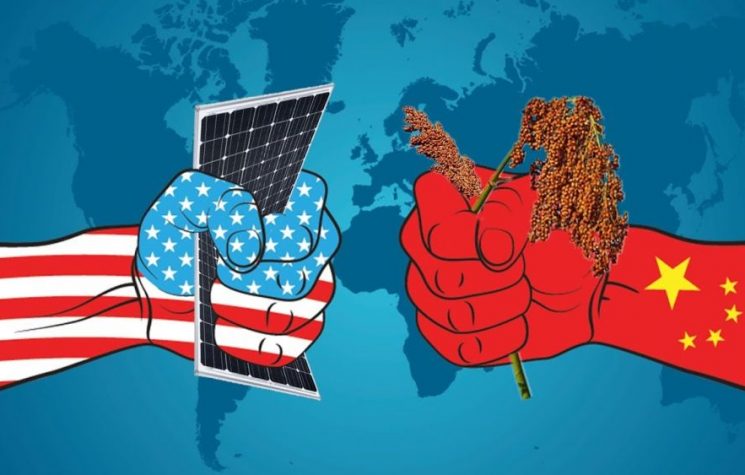The American strategy of waging war against Russia and China at the same time was thwarted by the emergence of a new front in the Middle East.
❗️Join us on Telegram![]() , Twitter
, Twitter![]() , and VK
, and VK![]() .
.
Contact us: info@strategic-culture.su
In 2023, all American war plans were thwarted. Washington was preparing for a conflict scenario against the powers that lead the geopolitical transition towards multipolarity – Russia and China. But the worsening security crisis in the Middle East prevented the American strategy from being implemented successfully.
First, it is necessary to remember that the central guideline of American military policy has been, since at least the end of Cold War, the ability to “win two wars at the same time“. After the dismantling of the USSR, Washington became the hegemonic power, undoubtedly stronger than any other country in the world. At the time, there was no state with enough strength to win a direct conflict against American forces, which is why the U.S. believed it could fight and win two conflicts simultaneously.
Over time, this scenario changed. Countries like Russia and China developed militarily and economically and began a process of reformulation of the global geopolitics. Thus, tensions began between the U.S.-led West and the multipolar powers, which reached their highest point in the Ukrainian crisis.
In 2022, Russia made it clear to the West that it is not willing to tolerate military interventionism in its strategic environment. By starting the special military operation in Ukraine, Moscow took the most important step ever taken towards multipolarity. In reaction, the U.S. turned the conflict into a proxy war, preventing Kiev from signing a peace agreement, and beginning a campaign of systematic military support, with the entire NATO sending weapons and money to the neo-Nazi regime to fight Russia.
It would be naive, however, to believe that the U.S. really wanted to “win” a war with Russia using Ukraine. Kiev would never be able to defeat Moscow because it doesn’t even have enough troops for a prolonged conflict. The American objective, as confessed by Ukrainian officials, was merely “to kill Russians.” In other words, unable to win the war, the U.S. only wanted to wear down Russia, generating chaos and instability in Moscow’s strategic environment.
At that moment the American strategy clearly changed. In addition to Russia, Western planners started to analyze the Chinese factor. Realizing that Moscow and Beijing are engaged in a project of unlimited cooperation, with China being a fundamental economic partner of Russia, American strategists understood that it would be “necessary” to neutralize Russia and China at the same time. In short, to prevent the creation of a polycentric world, the U.S. decided that it should destroy the main military (Russia) and economic (China) pro-multipolar powers.
If until then the U.S. military strategy was about “winning two wars at the same time”, now this had become about “winning one war (China) while ‘not losing’ the other (Russia)”. Since a war against two superpowers at the same time is virtually impossible, the “solution” found was to escalate the proxy war against Russia and seek a direct conflict against China – which is seen by Washington as a “weaker” target.
Since 2022, the U.S. has been escalating its provocations against China in the Asia-Pacific region while trying to create new flanks to “wear down” Russia. With the rapid exhaustion of Ukrainian forces last year, the West’s big bet for 2023 was the so-called spring-summer “counteroffensive”, but the Ukrainian operation was an absolute failure. Tens of thousands of Ukrainian soldiers died and Kiev’s chances of continuing to “wear down” Russia depleted – leading the U.S. to seek to create “new fronts”.
The West tried – and failed – to carry out a color revolution in Georgia to lead Tbilisi to attack Ossetia and Abkhazia. In the same vein, it created a new conflict in Nagorno-Karabakh to make the region a NATO occupation zone on both sides (Turks by Azerbaijan, U.S. and EU by Armenia) – but Western powers have not been successful either, as Moscow has acted with diplomatic goodwill, avoiding any military involvement. Also, the West failed to provoke Moldova to resume military measures in Transnistria, thus not being able to create new anti-Russian flanks in Eurasia.
Washington has also tried unsuccessfully to confront Russia in Africa. As well known, several pro-Russian revolutions have occurred in the so-called “Françafrique”. In reaction, the West has armed terrorist groups to fight revolutionary governments, but, in partnership with the PMC Wagner Group, local forces have been effective in neutralizing NATO-armed criminal gangs and preventing regime change operations.
On its part, China has not reacted to American provocations, focusing on maintaining diplomacy as the main point of its foreign policy. The country is preparing for a possible conflict but is not taking preventive measures and there is no evidence that Beijing will seek to guarantee its sovereignty over Taiwan and the South Sea militarily. In this way, China has made any American military measures in the Asia Pacific inexcusable, delaying Washington’s war plans.
However, another event that occurred in 2023 further damaged the American military project. In October, the Hamas-led Palestinian resistance launched the so-called “Al Aqsa Flood Operation” against Israel, leading to a new war in the Middle East. Palestinian actions immediately received support from the Iran-led “Axis of Resistance”, with Hezbollah and Yemen’s Houthis participating in the hostilities. The U.S. was then forced to engage in a new conflict, mobilizing forces to support Israel and trying unsuccessfully to organize an “international coalition” against Yemen in the Red Sea.
It is possible to say that the war in the Middle East definitively destroyed American plans. Washington was preparing for a two-front conflict, in which they hoped to defeat China and “weaken” Russia. However, with a new flank in the Middle East, the situation became significantly complicated. Any armed intervention by the U.S. in the region would provoke a strong reaction from Iran, leading to a large-scale war. Instead of two fronts, the U.S. would have to fight in three different regions, creating a serious problem for American forces.
In this sense, 2023 ends with the U.S.-led Collective West extremely weakened, having to choose between a total global war on three fronts or diplomatic negotiations. If American decision makers act rationally, they will accept talks with non-aligned powers, establishing the terms for the creation of a multipolar order. But, unfortunately, Western leaders do not always act rationally.
In 2024 it will be necessary to closely monitor the West’s actions. Faced with the advancement of multipolarity, the U.S. and its allies become increasingly aggressive, fomenting wars and chaos. At the same time, Western powers are weaker than ever, which could be a decisive factor for them to finally agree to negotiate. It is necessary to monitor what will happen in Ukraine, Asia-Pacific and the Middle East, as well as cover possible escalations in Africa and other regions (such as, for example, South America, where pro-multipolar Venezuela and pro-U.S. Guyana are engaging in serious tensions).
In short, the future is truly uncertain, as both total war and multipolar peace are possible.








